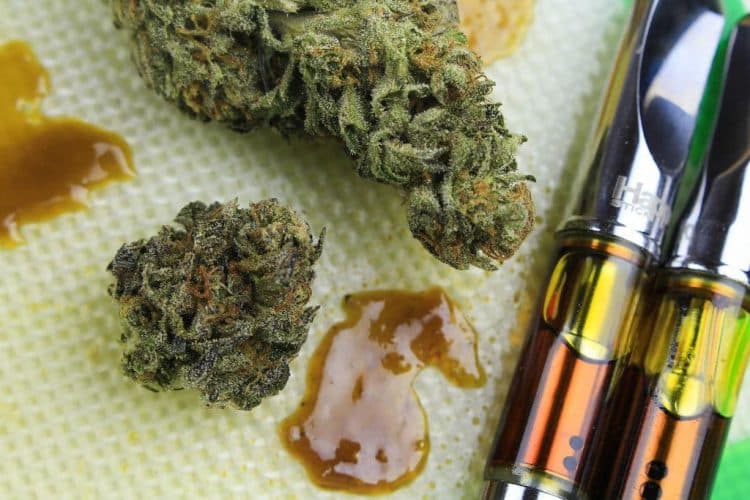Potential Ways that Cartridge Quality and Design Can Affect the Extracts You
Vaping cannabis has experienced a surge in popularity. On the customer side, vape pens are considered to be more discreet, are seen as less dangerous due to the lack of carcinogenic combustion byproducts, and can be matched to a person’s personality and cannabis use style. On the manufacturer’s side, vape pens are cheaper to produce than full spectrum extracts, and easier to optimize and improve with Quality Assurance and Quality Control (QA/QC).
Although cannabis flower and distillates in most states must undergo rigorous testing protocols before being approved for sale on the market, recent changes in cannabis testing laws in states that allow medical and adult-use cannabis have revealed a potential for concern. These new laws have set a much lower threshold for the maximum amount of the heavy metal contaminant lead (atomic symbol Pb) in various cannabis products. Testing of cartridge contents has demonstrated unacceptable levels of lead under these new guidelines, even when the distillates originally placed inside did not test positively for excessive lead levels. This raises the index of suspicion that the contaminating lead may be coming from the cartridges themselves.
Here are some of the new state testing requirements as of January 1st, 2019:
- California prohibits any amount of lead over 0.5 parts per million (ppm). [1]
- By comparison, the current Washington standard for maximal legal limits of lead in cannabis products, reported in micrograms per 5 gram submitted sample, is 6.0—or in other words, 1.2 ppm. [2]
- Oregon does not yet have a standard in place for heavy metal testing of cannabis products.
- Colorado set their legal lead limit based on the cannabis-containing product [3]:
- Inhaled products, nasal sprays, or metered dose inhalers: less than 0.5 ppm.
- Topical and/or transdermal: less than 10 ppm.
- Products for oral consumption or suppositories: less than 1 ppm.
Researchers at the Johns Hopkins Bloomberg School of Public Health have demonstrated that direct contact of e-cigarette liquids with metallic heating coils contributes to higher levels of heavy metals in the resulting aerosols. [4] It’s also possible that the acidic pH of the cannabis distillate is dissolving heavy metals from the cartridge over time, which all have increasing solubility in acidic solutions. Whatever the case may be, lead toxicity can lead to irreversible physiological injury, so the exact reason for this contamination must be investigated until a solution is found.
References
- California Code of Regulations. Title 16, Division 42: Bureau of Cannabis Control § 5723. Accessed June 23, 2019 (Page 112).
- Washington State Legislature. WAC 314-55-102: Quality Assurance Testing. Part (1) Quality assurance fields of testing, section (e) Heavy metal screening. Accessed June 23, 2019.
- Colorado Code of Regulations. 1 CCR 212-2. R 712 – Retail Marijuana Testing Facilities: Sampling and Testing Program, Part E, Section 4.
- Olmedo, P. et al. “Metal Concentrations in e-Cigarette Liquid and Aerosol Samples: The Contribution of Metallic Coils”. Environ Health Perspect. 2018; 126(2): 027010 [Times cited = 33, Journal impact factor = 9.780].
Image Credit: Flickr












